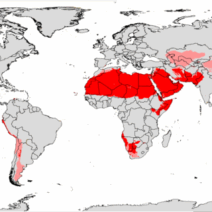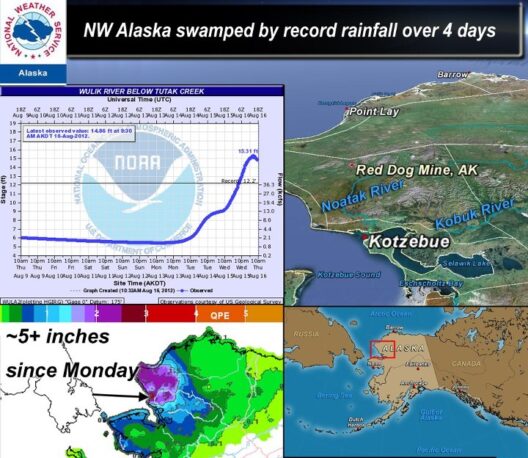As we navigate our modern world, the convenience of personal vehicles has transformed the landscapes of our cities and towns. However, the environmental ramifications of our reliance on automobiles are profound and far-reaching. Understanding how vehicle pollution contributes to global warming reveals not merely a transportation issue but a complex interplay of societal habits, economic frameworks, and planetary health.
The initial step in grasping the implications of vehicle pollution lies in recognizing the sheer volume of emissions produced by cars. The internal combustion engine, the cornerstone of most vehicles, operates by burning fossil fuels—mainly gasoline and diesel. This combustion process releases a variety of harmful pollutants, including carbon dioxide (CO2), nitrogen oxides (NOx), particulate matter (PM), and volatile organic compounds (VOCs). Among these, carbon dioxide, a greenhouse gas, is particularly concerning.
Greenhouse gases have an innate ability to trap heat in the Earth’s atmosphere, creating an insulating layer that contributes to the greenhouse effect. The transportation sector is one of the largest sources of CO2 emissions, responsible for roughly 29% of total greenhouse gas emissions in the United States alone. This statistic not only underscores the impact of vehicles on climate change but also incites a crucial conversation about the necessity for change in our transportation habits.
The casual observer may ponder why individuals remain enamored with their cars despite the evident environmental consequences. This fascination can be attributed to several intertwined factors, including the perceived freedom that vehicle ownership affords. Cars symbolize autonomy and personal space, yet this modern luxury is premised upon the degradation of our planetary environment. The paradox highlights a critical engagement point: how can society balance individual desires with collective responsibility toward climate change?
Furthermore, the design and marketing of automobiles have perpetuated a culture centered around personal vehicle use. Cars are not merely modes of transportation; they are often imbued with cultural significance, associated with status, success, and identity. This cultural allure complicates efforts to reduce reliance on cars while fostering a collective sense of responsibility. It invites a deeper exploration into alternative models of transportation that can satisfy both the desire for mobility and the imperative to reduce emissions.
As cities expand, the infrastructure developed around them often favors car travel over other forms of transportation. Urban planning that prioritizes highways and parking lots, rather than bike lanes or public transit, promotes a cycle of dependency on personal vehicles. This encourages more driving, which inevitably leads to increased emissions. In contrast, fostering development that embraces public transportation, cycling, and walking can significantly mitigate vehicle pollution and its associated climate impacts.
The quest for alternatives brings electric vehicles (EVs) to the forefront of current discussions. While EVs represent a cleaner option by producing fewer direct emissions compared to traditional gas-powered vehicles, they are not without their environmental challenges. The production of lithium-ion batteries, essential for EVs, involves substantial resource extraction and environmental degradation, particularly related to lithium and cobalt mining. As society pivots toward electric cars, it is imperative that a holistic view of sustainability encompasses the entire lifecycle of vehicle production and use.
Moreover, renewable energy sources must also be integrated into the equation. Charging electric vehicles with electricity generated from fossil fuels negates many of the environmental benefits associated with transitioning to EVs. Thus, a concerted effort to develop cleaner energy sources for electricity generation is crucial for maximizing the positive impact of electrification on climate change.
Another viable alternative to reduce vehicle pollution is the promotion of carpooling and ride-sharing services. By consolidating trips and reducing the number of vehicles on the road, these strategies can drastically decrease overall emissions. Furthermore, the adoption of telecommuting and flexible work arrangements can significantly reduce the frequency of commuting altogether. The integration of technology in our daily lives presents a compelling avenue to reshape transportation habits, emphasizing the need for a cultural shift toward sustainable choices.
Additionally, government policies play a pivotal role in curbing vehicle pollution. Implementing stringent emissions standards can drive automotive companies to innovate and produce cleaner vehicles. Incentives for consumers to purchase EVs or use public transportation can further encourage a transition toward sustainable mobility. Moreover, investment in public transportation infrastructure not only provides alternatives but also serves to enhance overall community health and reduce congestion.
The burgeoning discourse around vehicle pollution and climate change catalyzes a broader introspection about our societal values and priorities. The enjoyment derived from our cars must be weighed against the deleterious effects on our environment. Society stands at a critical juncture where the choices made today will indelibly affect future generations. A concerted effort from individuals, communities, and policymakers alike is essential to forge a path toward sustainable transportation.
In conclusion, acknowledging the contributions of vehicles to global warming is only the beginning. Combining awareness with actionable strategies can facilitate a transformative shift in transportation paradigms. Embracing a multitude of alternatives, from public transport to emerging technologies, requires a cultural evolution that reflects our commitment to planetary stewardship. The time to act is now, for the stakes are higher than ever, and the health of our planet depends on it.








